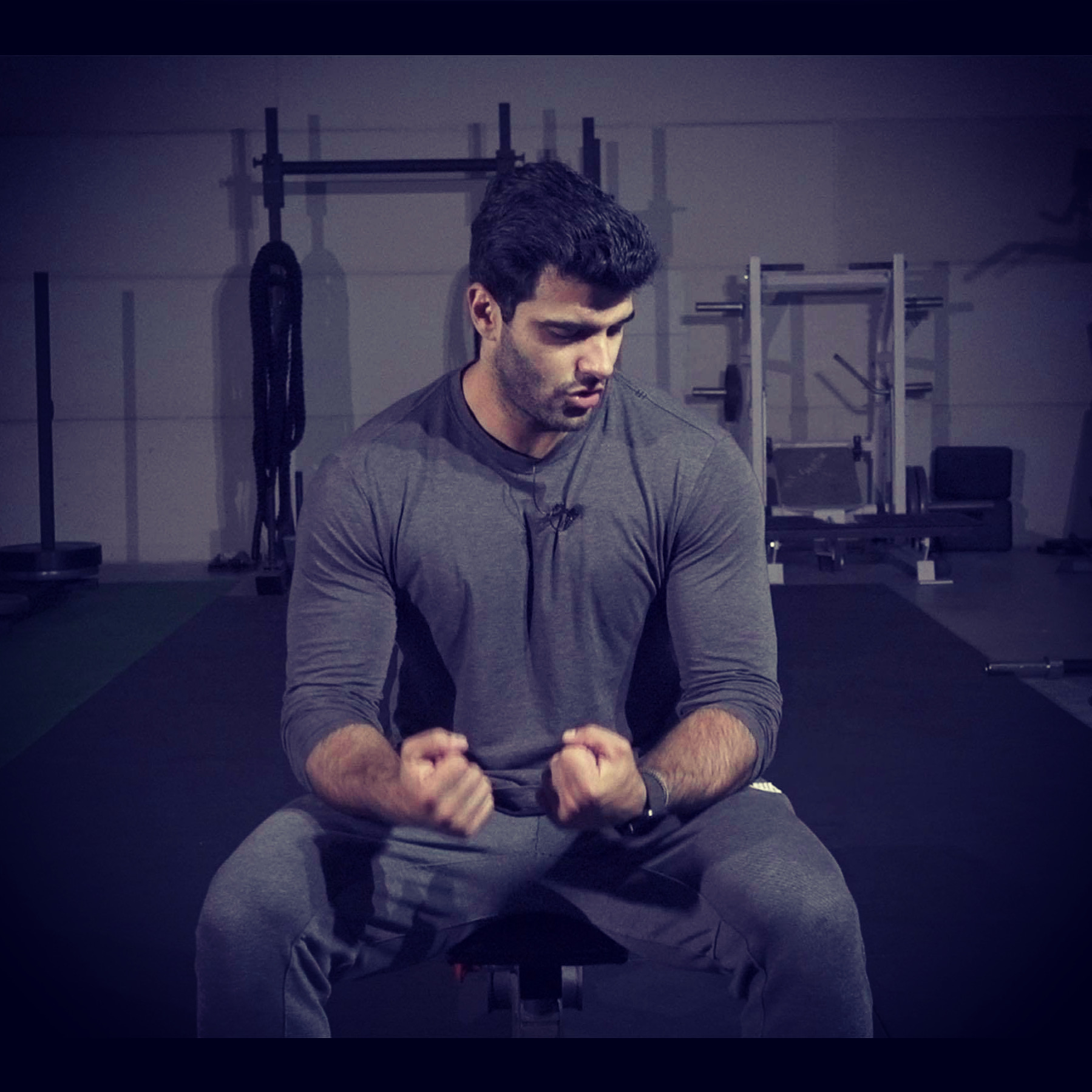Why You Need Physical Stress to Overcome Back Pain and Build Strength
- Richard Aceves

- Dec 20, 2024
- 4 min read
Let’s discuss back pain and why moving correctly is the way forward. Back pain doesn’t get better by avoiding movement—it gets better when you introduce the right kind of movement and intensity. Physical stress isn’t the enemy; it’s your ticket to lasting relief and strength. Here’s why.
The goal isn’t just finishing an exercise or checking off a box. It’s about creating the right amount of intensity—stress your body can handle—to help you grow. When you push your body with purpose, you calm your mind, unlock emotions, and change how your body responds to pain. This is how you build a new predictive model for your body and mind.
What’s a Predictive Model, and Why Does It Matter?
Your body has a built-in predictive model—a loop of observing, predicting, and experiencing—deeply connected to how you process back pain. This concept ties into the Free Energy Principle, developed by Karl Friston, which suggests that your body is constantly trying to reduce uncertainty and maintain balance. Here’s how it works:
Your body observes its environment and internal signals—heart rate, muscle tension, what you see, hear, taste, or feel—and sends this information to your brain. The brain uses these observations to predict: “This movement might hurt” or “This position feels safe.” These predictions create your experience or perception of movement.
When you’re in pain, your predictive model becomes overly cautious. It’s like an overprotective friend constantly warning you to stop, even when it’s safe to move. To change this model, you need physical intensity. By challenging your body with intentional movement, you show your brain that it’s okay to let go of that hypervigilance. This rewires your response to pain and builds a new, more resilient predictive model.
The Role of the Psoas in Back Pain
Now, let’s dig into a critical player in the back pain story: the psoas major. This muscle connects your spine to your femur and is part of the iliopsoas group and the iliacus. While the psoas major stabilizes your spine, the iliacus supports your hip. When the psoas isn’t functioning optimally—often due to low neural output or tightness—the iliacus picks up the slack. This imbalance can lead to hip discomfort, anterior pelvic tilt, or even chronic back pain over time.
Here’s what happens: When the psoas major is weak or tight, your body compensates by overloading the iliacus. This creates tension and instability in the hip and spine, which can radiate pain around your lower back. Many people think releasing the hip flexors with a massage or foam rolling will solve the problem, but the real fix lies in retraining the psoas to function properly.
By increasing the neural output of the psoas and decreasing the overactivation of the iliacus, you can restore balance and reduce the strain causing your pain. This isn’t about making the iliacus do less—it’s about letting the psoas take its rightful place as the main stabilizer in your movement patterns.
How the Right Physical Stress Changes Everything
When applied correctly, physical stress raises your heart rate, increases blood flow, and boosts your body temperature. This creates intensity while stimulating your nervous system. Focusing on the bigger, structural muscles—like the psoas—builds safety and confidence in your body. Here’s how it works:
Build Safety with Controlled Stress: In Phase One, we start by creating safety while introducing small amounts of intensity. You’ll learn to challenge your body without crossing the line into pain. For example, if you’re hypervigilant about your back hurting, these exercises will help you trust your movements again. Using breathing techniques to engage the right muscles shifts you from a reactive mindset (“This is going to hurt!”) to a proactive one (“I can handle this”).
Reprogram the Fight-or-Flight Response: At first, your body might scream, “Stop! This will hurt!” But as you push through, you’ll realize, “Wait, that didn’t hurt.” This sends a signal to your brain that it’s safe to keep going. Over time, the flight response turns into a fight response, building your confidence to take on bigger challenges.
Boost Vagal Tone and Muscle Quality: Raising your heart rate and body temperature improves vagal tone, shifting you from a reactive state to an active one. This process builds physical intensity and improves the quality of your larger, structural muscles, like the psoas. As these muscles get stronger, you’ll feel more confident tackling complex movements and everyday tasks.
Push the Limits Safely: In Phase Two, we increase intensity while lowering the risk of injury. This phase focuses on moving quickly with load—using tools like sleds or sandbags—to teach your body how to handle stress without relying on your lower back. By exposing your system to controlled overload, we build resilience and improve neural output to muscles like the glutes, hamstrings, and transverse abdominis. This approach trains your body to stop panicking and start trusting its own strength.
Why This Matters for Your Daily Life
Building strength and safety in your body doesn’t just reduce back pain—it makes everything else easier. Whether it’s picking up your kids, going for a jog, or starting that hobby you’ve been putting off, physical stress helps you move better and live better. The truth is that avoiding stress doesn’t work. You need physical intensity, increased blood flow, and stronger structural muscles to move forward.
Ready to Take the First Step?

Now that you know why physical stress matters and how the psoas plays a pivotal role, it’s time to get started. Phase One is all about building safety, creating intensity, and changing how your body reacts to back pain. To get access to Phase One and the rest of the knowledge on how to overcome back pain. Get the full course here.



Comments